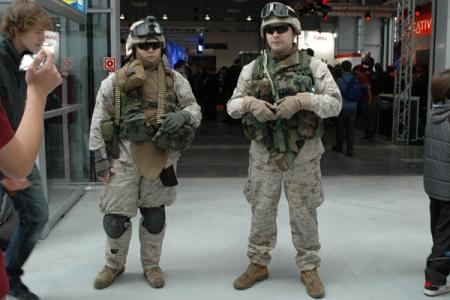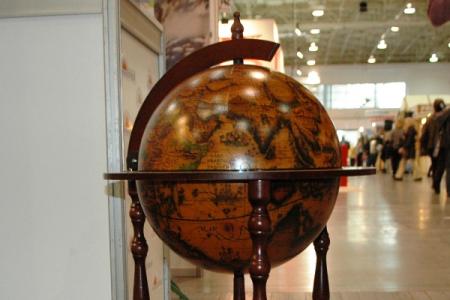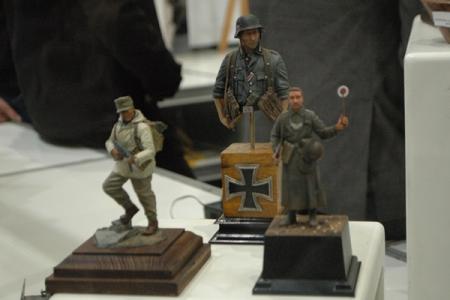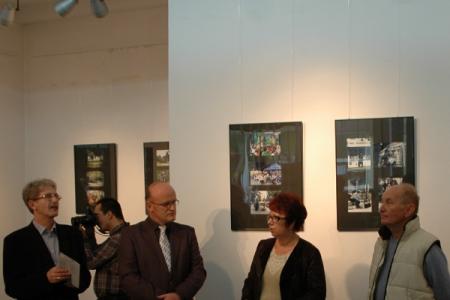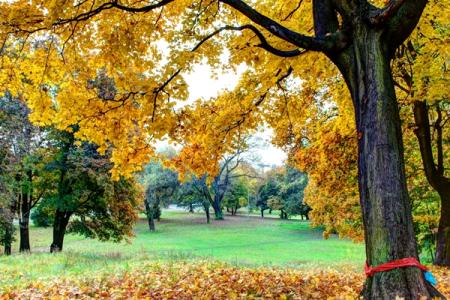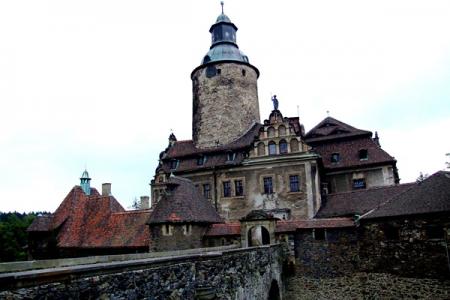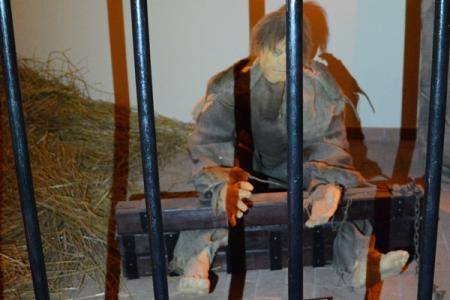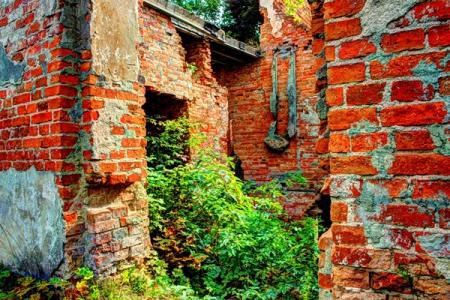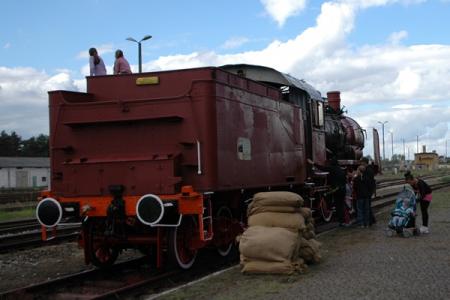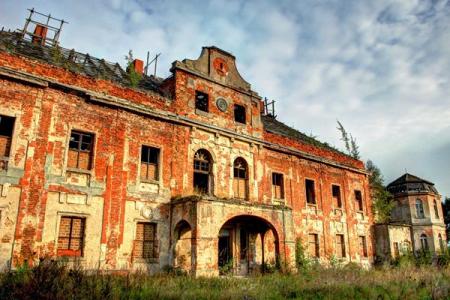
Poland
Tourism Fairs in Poznań
The fairs of regions and touristic products were held in Poznań on 17-19 October. The fairs were attended by all Polish and many foreign regions, hotels, travel agencies. Additional attraction was the visit of a traveller Martyna Wojciechowska who was signing her books.
Czoch Castle
Czoch Castle was built in the second half of the thirteenth century as a defensive stronghold on the initiative of the Czech King Wacław II.
The castle was rebuilt in Renaissance style in the sixteenth century.
On the night of 17 to 18 August 1793, the castle was burned down, rebuilt it a year later, and in the years 1909-1914.
Today the castle is a Hotel.
The Museum of old-day tortures in Zielona Góra
The exposition is located in the cellar of the Lubuska Land Museum.
Except for the exhibits of replicas of medieval and modern torture tools there are also graphics of an illustrator Robert Jurga. Except for the visual effects depicting the system of executing judgements and torture methods to the visitor there are also sound effects: readings of judgements and moans of convicts.
Zimna Brzeźnica (Germ. Kaltenbriesnitz)
In XVI century in Zimna Brzeźnica a defense manor was built for the family of von Haugwitz. At the end of XIX century the building burnt. In its vicinity in XIX century the family of von Heuthausen built a classicistic palace and manor. The palace was rebuilt several times.
After World War Two the palace was a part of PGR (State Agricultural Farms) – it held apartments and office areas. Ever since it was falling into ruin.
Loco-Picnic in Żagań
On the occasion of 100th anniversary of Żagań railway station a family picnic was organized. During this event an exhibition of souvenirs could be seen as well as a restored locomotive from 1918 or the staging of “the Great Escape” of war prisoners by train. An additional attraction was the possibility to look inside the locomotives: kids could feel like a train driver :)
Sucha Dolna (Germ. Nieder Zauche)
In the Sucha Dolna village there is a monumental palace complex from XVII-XIX century comprising a palace, a manor, and a park from the beginning of XX century.
The palace was built in baroque style in 1681 and in the beginning of XIX century it was rebuilt in classicistical style. It used to have rich decorations of the elevation and inside baroque stuccowork.
